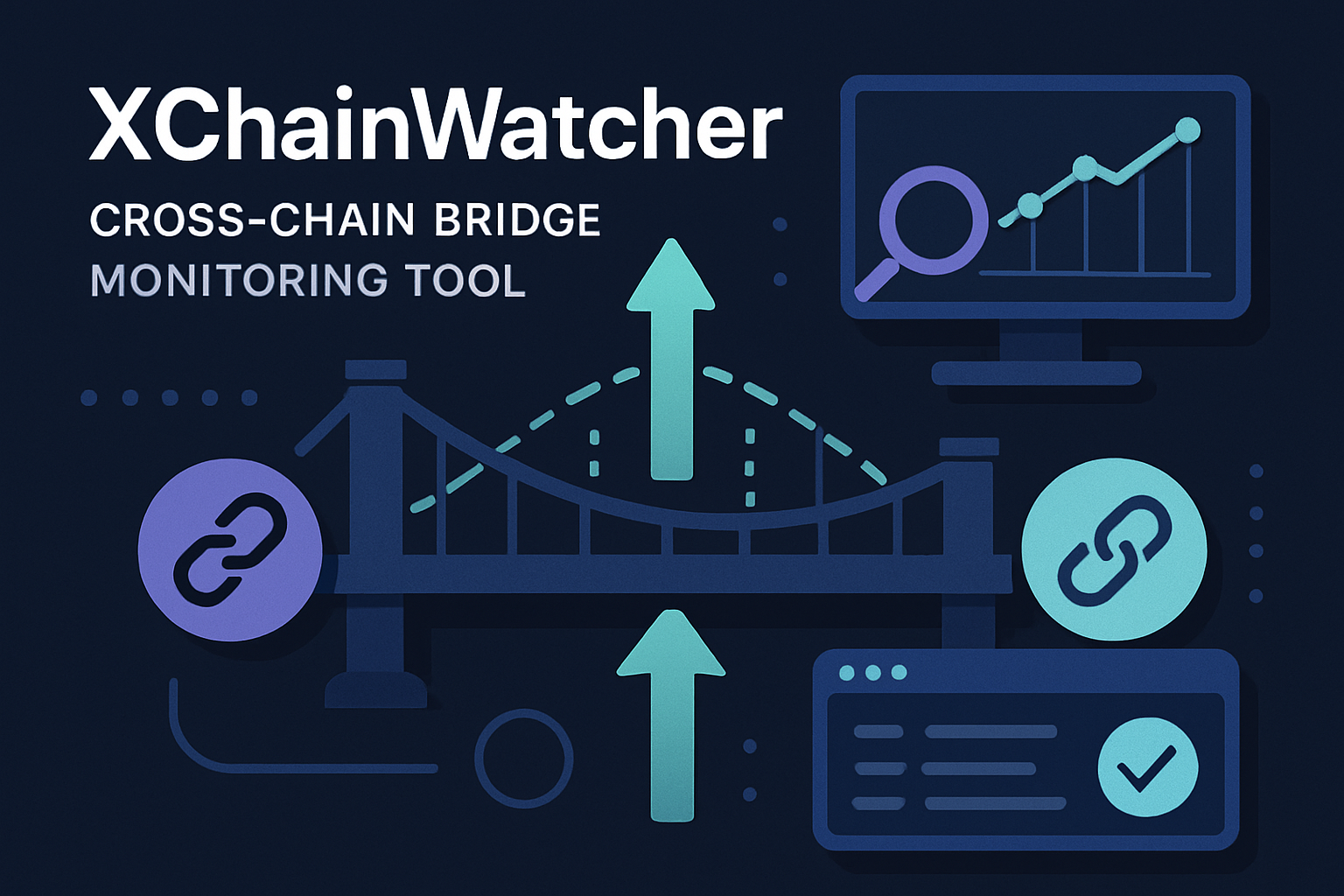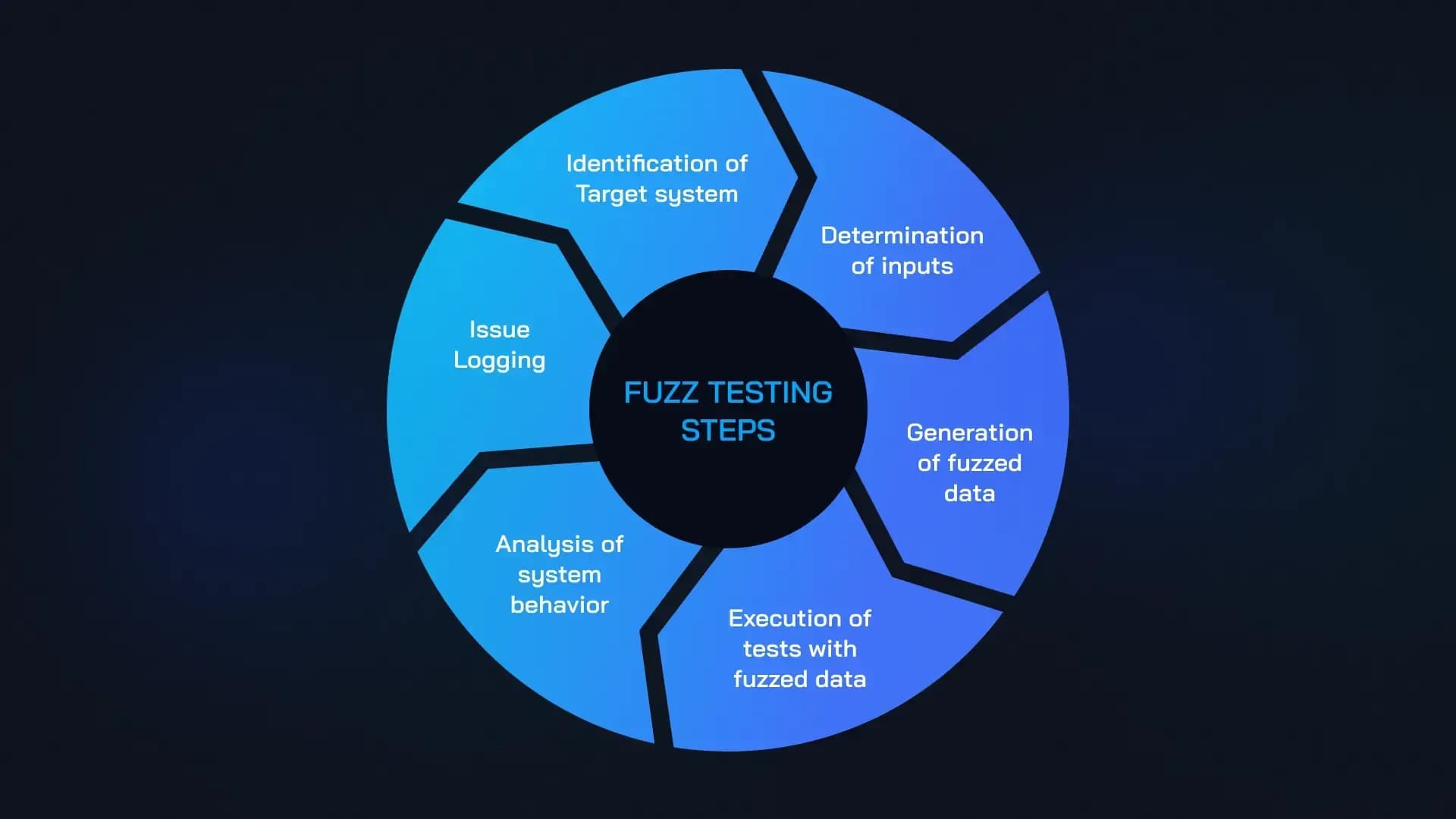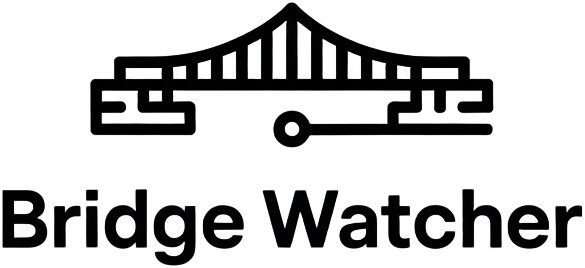
Cross-chain messaging systems have become the backbone of blockchain interoperability, enabling seamless asset and data transfers across an ever-expanding web of decentralized networks. But with this newfound connectivity comes a unique set of security challenges. In recent years, attackers have repeatedly exploited vulnerabilities in cross-chain bridges, siphoning millions in assets and exposing critical flaws in both protocol logic and smart contract implementation.

Automated vulnerability detection has emerged as a game-changer for cross-chain messaging security. Gone are the days when manual audits alone could keep pace with the rapid evolution and complexity of these protocols. Today’s leading-edge scanners leverage static analysis, real-time monitoring, machine learning-guided fuzzing, and advanced business logic modeling to root out vulnerabilities before they can be weaponized by malicious actors.
Why Cross-Chain Messaging Security Is Uniquely Challenging
Unlike single-chain applications, cross-chain bridges must coordinate state changes across multiple blockchains that often operate under different consensus rules, token standards, and execution models. This opens the door to subtle inconsistencies and race conditions that traditional auditing tools may miss. For example, a bridge may fail to properly validate incoming messages or mishandle access controls when relaying transactions between chains – flaws that can be catastrophic in a multi-billion-dollar ecosystem.
The 2023-2024 cycle saw high-profile exploits targeting bridges like Ronin and Nomad, resulting in losses exceeding $1 billion industry-wide. According to SmartAxe’s latest research, automated tools have now identified 232 new vulnerabilities across 129 real-world cross-chain bridge applications – collectively affecting assets worth approximately $1.88 million. These numbers highlight both the scale of the problem and the promise of automated solutions.
The Rise of Automated Bridge Vulnerability Scanners
A new generation of tools is transforming how developers and auditors approach cross-chain messaging security. Let’s break down some standout solutions that are rapidly gaining traction:
Key Features of Leading Cross-Chain Vulnerability Detection Tools
-

SmartAxe: Utilizes fine-grained static analysis to detect vulnerabilities in cross-chain bridge smart contracts. Models diverse access controls and constructs cross-chain control/data-flow graphs, achieving 84.95% precision and 89.77% recall. Discovered 232 new vulnerabilities across 129 real-world bridges, affecting assets worth $1.88 million.
-

XChainWatcher: Provides real-time monitoring of cross-chain bridges by analyzing transactions with a Datalog engine. Successfully identified major attacks (e.g., Ronin and Nomad bridges) and offers an open-source dataset of 81,000 transactions covering over $4.2 billion in token transfers.
-

xFuzz: Employs machine learning-guided fuzzing to uncover cross-contract vulnerabilities by analyzing smart contract interactions. Features word vectors and instruction filtering for efficient detection, revealing 18 exploitable vulnerabilities (15 previously unknown) in tests.
-

HighGuard: Monitors business logic in smart contracts using dynamic condition response (DCR) graph models. Verifies executions against formal specifications without code instrumentation or extra gas costs, detecting deviations from intended behaviors across multiple blockchains.
-

Hirule Labs’ Detection System: Delivers real-time, cross-chain vulnerability detection using pattern recognition and anomaly detection. Achieves 100% accuracy with zero false positives and has identified several high-severity vulnerabilities that could have resulted in significant fund losses.
SmartAxe employs fine-grained static analysis to model access control schemes and construct control-flow graphs across chains. Its precision (84.95%) and recall (89.77%) are impressive for such a complex domain – making it an essential tool for pre-deployment vetting.
XChainWatcher brings real-time vigilance by parsing live cross-chain transactions through a Datalog engine. It has already uncovered major attacks on Ronin and Nomad bridges while maintaining an open-source dataset capturing over $4.2 billion in token transfers.
xFuzz takes things further with machine learning-guided fuzzing focused on multi-contract interactions – surfacing 15 previously unknown exploitable vulnerabilities during its initial tests.
HighGuard stands out for its dynamic business logic monitoring using DCR graphs; it detects deviations from formal specifications without code instrumentation or extra gas costs.
Hirule Labs’ Cross-Chain Vulnerability Detection System claims zero false positives while providing real-time threat detection across multiple networks – a bold promise backed by its track record of identifying high-severity bugs before they escalate into multimillion-dollar heists.
The Stakes: Why Automated Detection Matters More Than Ever
The financial stakes are higher than ever as DeFi protocols increasingly rely on interoperable infrastructure to unlock new markets and liquidity sources. Every vulnerability left unchecked is potentially another multimillion-dollar breach waiting to happen – as evidenced by SmartAxe’s discovery of issues impacting $1.88 million in assets alone.
If you’re building or integrating with cross-chain bridges today, relying solely on manual code review is no longer enough. Automated scanners not only accelerate discovery but also provide continuous protection as new attack vectors emerge.






